Asbestos
- Asbestos Home
- Did You Know
- Enforcement
- Professionals
- Asbestos Contractor Search
- Asbestos Individual License Search
- Asbestos Licensing
- Floor Tile Removal
- Homeowner Information
- Laboratories
- Products Containing Asbestos
- Schools
- Work Practices
- File a Complaint Related to Asbestos
- Minnesota Statutes and Rules
- Resources
- Contact us
Related Topics
Environmental Health Division
Floor Tile Removal Guidance Photographs
The following series of photographs of floor tile removal projects is for illustrative purposes. The floor tiles in all these photographs were removed using hand tools by licensed asbestos abatement contractors.
Photo 1: Removed using a putty knife and a hammer
Photo 2: Removed with an ice chipper
Photos 3 & 4: Removed with dry ice and an ice chipper
Photos 5 & 6: Removed with hand tools and is friable
Photo 7: Removed using a carpet puller and is friable
Photo 8: Removed with hand tools and is friable
Photo 9: Removed non-friably with potential to become friable
Photo 10: Removed non-friably with potential to become friable
Photo 1 - Asbestos-containing floor tile removed using a putty knife and a hammer. The tile remained in whole pieces with little breakage.
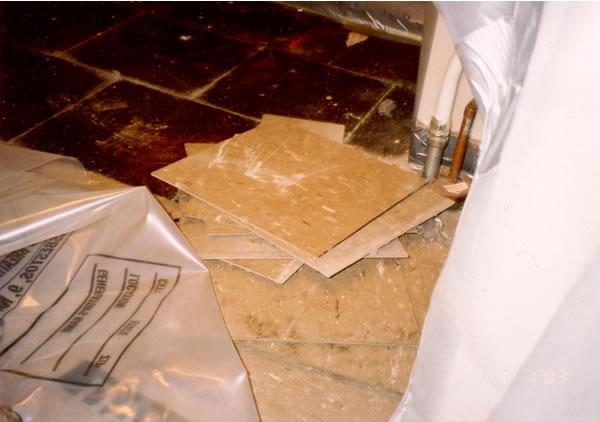
Photo 2 - Asbestos-containing floor tile removed with an ice chipper. The tile remained in whole pieces with little breakage.
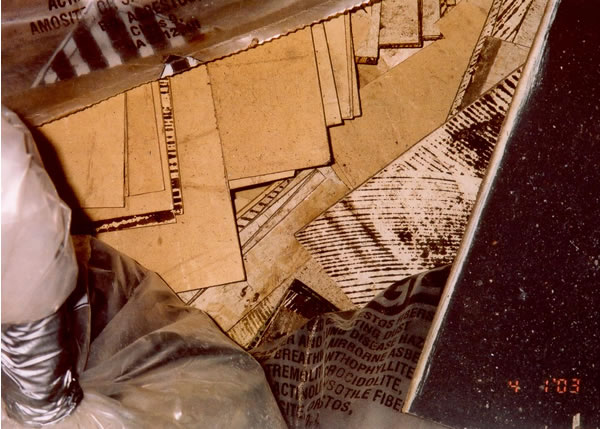
Photos 3 & 4 - The asbestos-containing floor tile in these photos being removed with dry ice and an ice chipper. Too much breakage is occurring to the floor tile. The project is now considered a regulated project, subject to all MDH asbestos regulations.
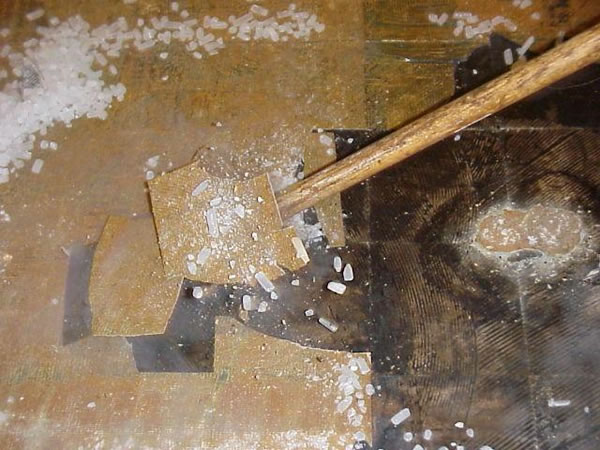
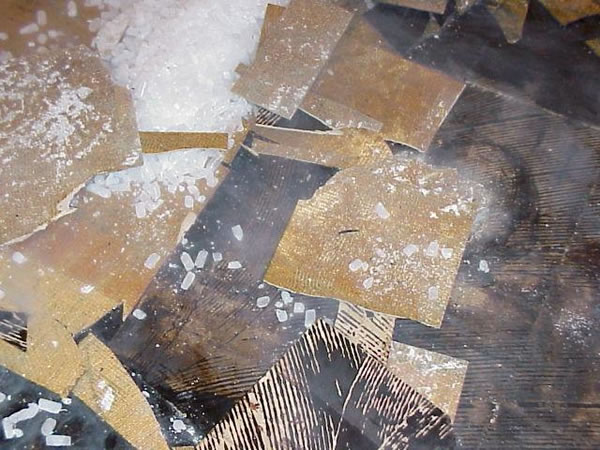
Photos 5 & 6 - The floor tile in these photos is friable. It was removed with the hand tools that can be seen near the top of Photo 6. Floor tile being removed in this manner must be removed according to the MDH Asbestos Abatement Rules.
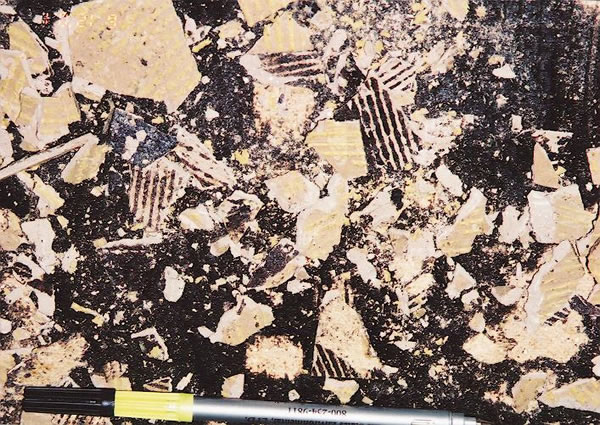
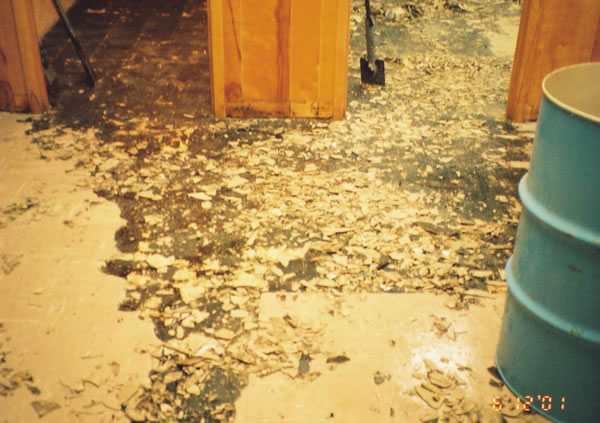
Photo 7 - When removing carpet, it is important to make sure any asbestos-containing floor tile underneath the carpet does not stick to the carpet and break. This asbestos-containing floor tile stuck to the back of the carpet and broke when the contractor attempted to remove the carpet with a carpet puller. Floor tile in this condition is friable and regulated by MDH. Note the white specks on the black mastic. These are pieces of tile that remained stuck to the mastic.
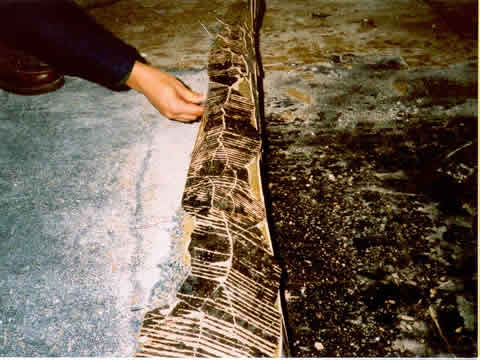
Photo 8 - This photo shows that hand tools (hammer, spud bar) can easily turn non-friable floor tile into friable floor tile.
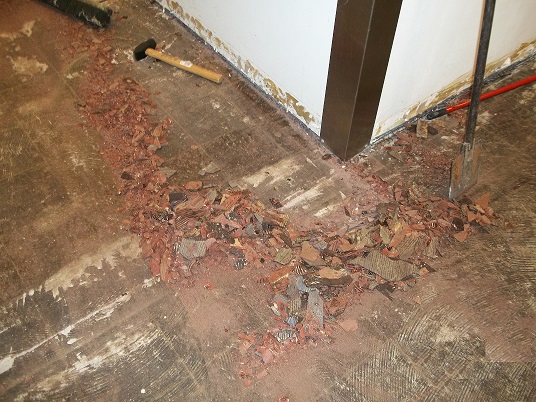
Photo 9 - The floor tile in this picture may have been removed non-friably and then placed in a lined fiber drum. However, the work crew used a hand tool to break up the floor tile in order to fit more into the drum. The floor tile is now friable. Floor tile must remain nonfriable from removal until it is disposed in a landfill.
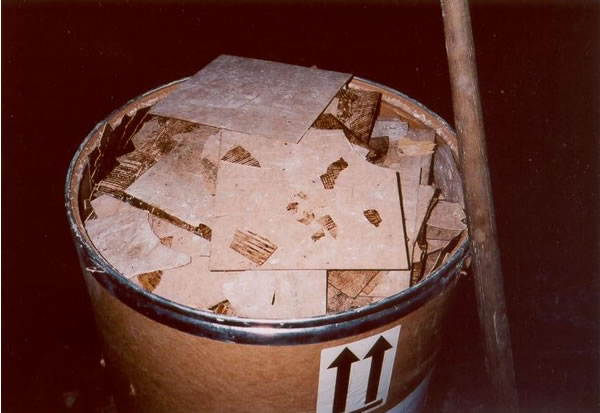
Photo 10 - The floor tile in this picture may have been removed non-friably. But the abatement crew then walked across the removed tiles breaking them to the point where they are now friable. The floor tile needs to remain nonfriable from removal until it is disposed in a landfill.
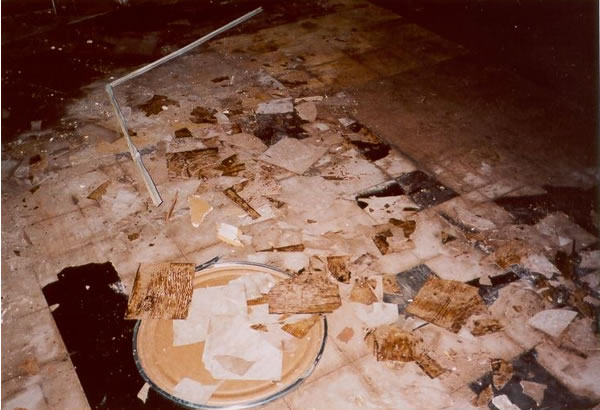
Go to > top